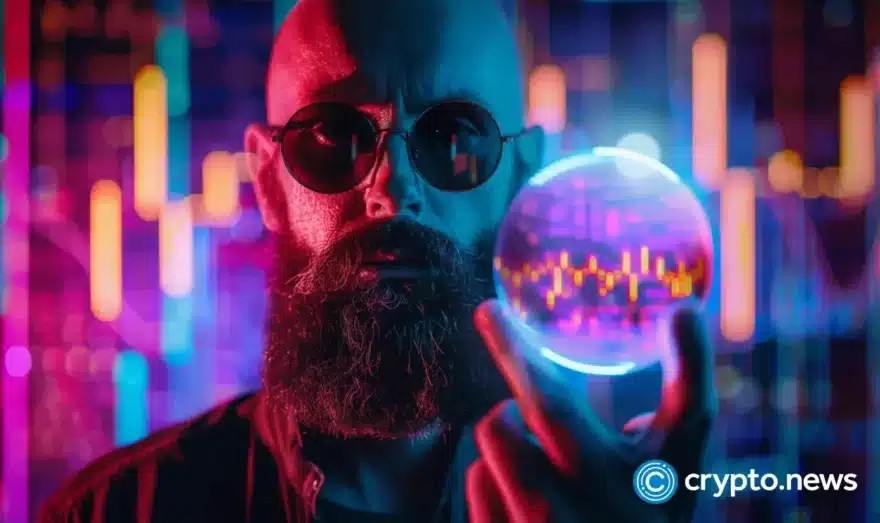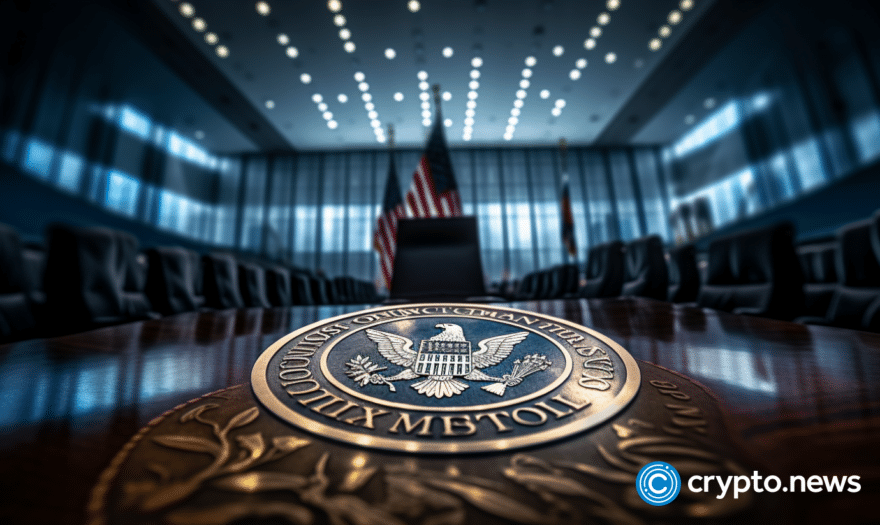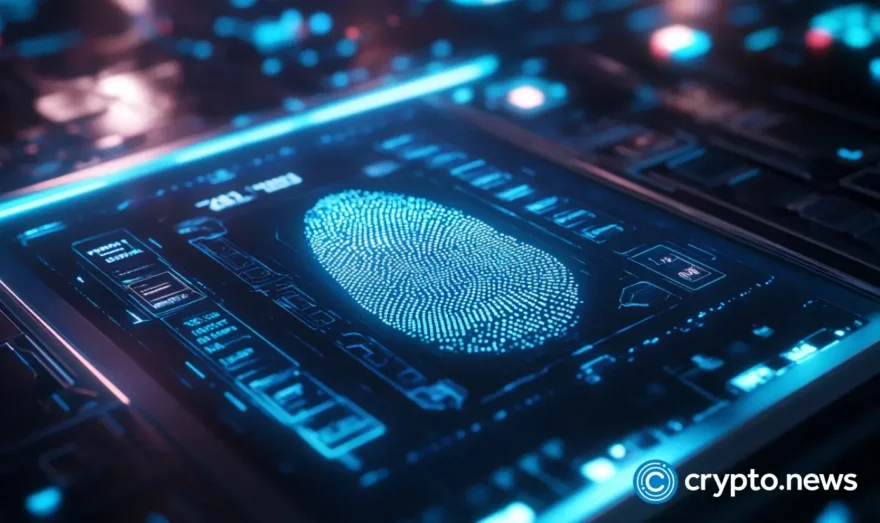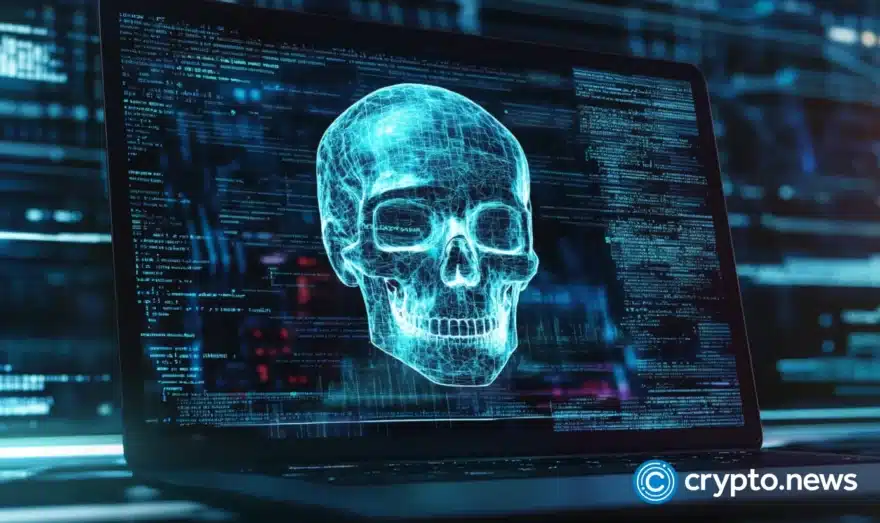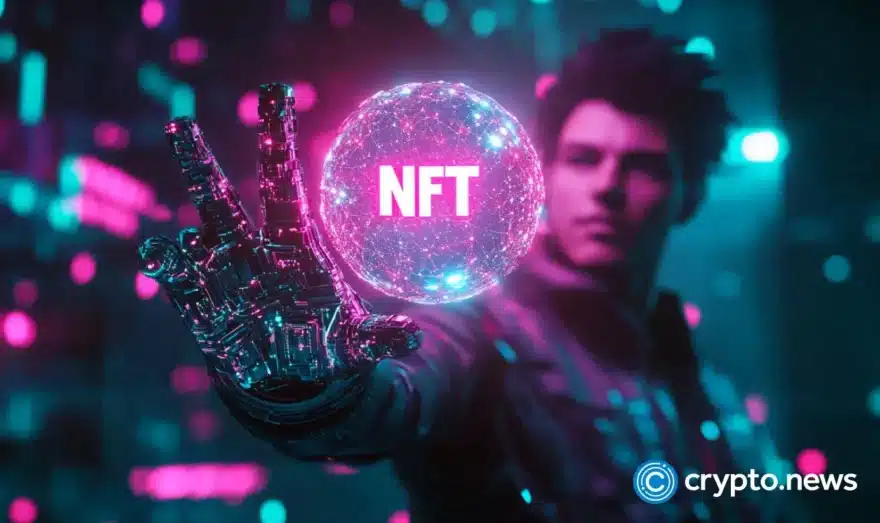Have Crime Cases in the Art Industry Fallen Since the Boom of NFTs?

For a long time, the traditional art industry has been particularly vulnerable to crimes such as money laundering, tax evasion, theft, fraud, and forgery. This is because artwork can be easily transferred, quietly stored, and holds its value pretty well. The anonymity afforded to art buyers, especially those of the high-end variety, makes it much more difficult for law enforcement authorities to determine who owns a piece of art or ascertain its authenticity.
The Emergence of NFT is Changing the Art Industry
The recent uptake of innovations such as cryptocurrency, decentralized finance (DeFi), and non-fungible tokens (NFT), anchored on blockchain technology, has affected the art industry in various ways. But the most significant change in the industry has been driven by NFTs.
There’s no doubt that NFT is a game-changer in the art industry. Digital artwork has risen to prominence as a thriving industry, with the NFT market expected to reach $147.24 billion by 2026.
The tokenization of art represents a fundamental shift in the meaning of ownership and inclusivity in the art world. NFTs have broken the barriers to entry into the art industry and cut out the exclusionary institutional intermediaries that have clogged the landscape of the art world for ages.
Before NFTs, digital art was shunned, marginalized, and ignored by traditional art enthusiasts because they were too readily available and freely viewable on the web to be deemed valuable.
The current craze for NFTs reflects their potential value as a technological advancement that can bring greater certainty to questions of ownership and authenticity in the art industry. Ideally, this would mean that NFTs could be used as tools for crime prevention because, in the art world, ownership and authenticity are inextricably linked to issues such as theft, fraud, money laundering, and the handling of stolen goods.
Types of Crimes Prevalent in the Art Industry
Because of its opaque and unregulated nature, the global art market is susceptible to crimes such as fraud, theft, and money laundering.
1. Fraud
Art fraud is the intentional misrepresentation of the artist, age, origins, or ownership of a piece of art to profit financially. The most well-known type of art fraud is the forgery of a famous artist’s work. But fraud can also result from a knowing misrepresentation of the age or origin of a work of art. It is estimated that fraud accounted for up to $6 billion of the $54 billion made in the art industry in 2021.
2. Theft
Art theft refers to criminal activity involving the theft of works of art or cultural property, such as paintings and sculptures.
Theft in the art world is frequently motivated by the apparent value of a given piece. And because of the portability of works such as paintings and their concentration in museums, galleries, or private collections, major art thefts have occurred regularly since time immemorial.
3. Laundering of Funds
Money laundering is the illegal practice of making large sums of money obtained from criminal activity, such as drug trafficking or terrorist funding, appear to have originated from a legitimate source. The art industry lends itself very well to money laundering because of the steady increase in prices of art pieces and the ability of people to buy them anonymously. Art prices are also subjective and easily manipulated.
Any work purchased at auction can be delivered to free ports, where it can be stored for years. This work can then be sold to other buyers anonymously, privately, and with minimal paperwork.
Has NFT Reduced Crime in the Art World?
The crime prevention promise stemming from the technological advances of NFTs seems to have fallen flat, as NFTs appear to be less capable of providing these benefits to the art industry than was initially thought.
For instance, in the case of money laundering, some government agencies feel that NFTs have exacerbated the situation rather than helped stem it. NFTs are adding even more anonymity to an already complex industry in which locations, identities, and sources of funds are frequently kept private.
The U.S. Treasury recently published a 40-page report detailing the role of digital art in laundering money and financing terror.
Money laundering with NFTs is pretty simple; NFTs do not need to be physically stored. Furthermore, most of the largest NFT platforms have minimal or no KYC requirements.
According to the Treasury report, NFTs can be used for self-laundering or “wash trading,” where criminals buy an NFT with dirty money and then transact with themselves to create sales records on a blockchain and artificially inflate the value of the NFT.
The NFT could then be sold to an innocent person who would compensate the criminal with clean funds unconnected to a previous crime.
The report also states that it is possible to conduct direct peer-to-peer transactions of NFT-secured digital art without using a middleman. These transactions may or may not be recorded on a public register.
A New But Familiar Crime
The prominence of NFTs in the art industry has also caused an increase in an age-old fraud: intellectual property and copyright theft.
Many NFT projects seem to be taking advantage of lax enforcement policies on large NFT marketplaces to steal pre-existing art and mint it as NFTs.
Even though marketplaces like Opensea and SuperRare have policies prohibiting the sale of NFTs with plagiarized content, they recently admitted that four out of every five NFTs hosted on some platforms were either plagiarized or derived from bogus collections.
Final Thoughts
While there is no doubt that NFTs are changing both art and the artist, the same innovation has the potential to make crimes that have beleaguered the art industry for ages even more rampant than they already are.
The aforementioned Treasury Department report encouraged government agencies to weigh the costs and benefits of implementing anti-money laundering (AML) and counter-terrorist financing rules for art market players, including frameworks for customer identification and reporting suspicious activity.

